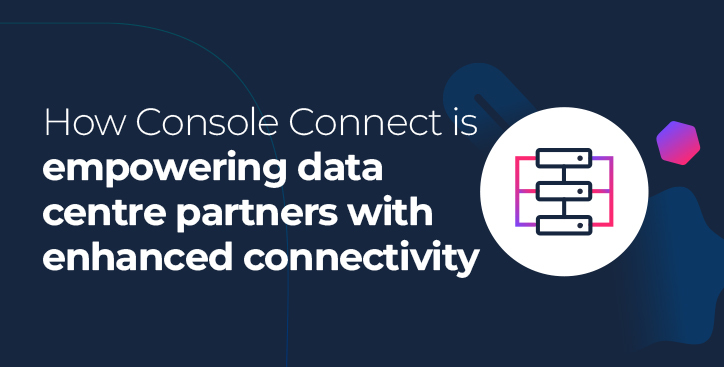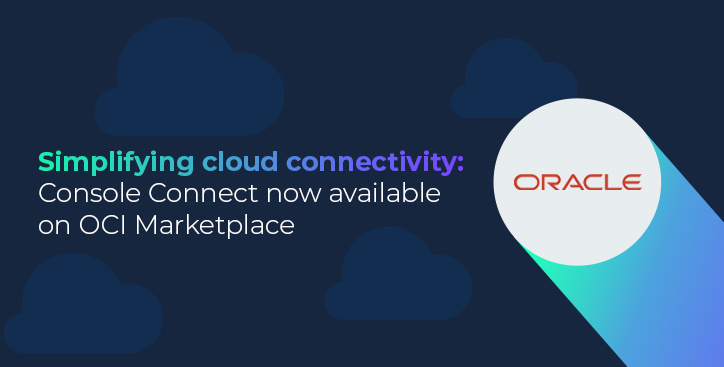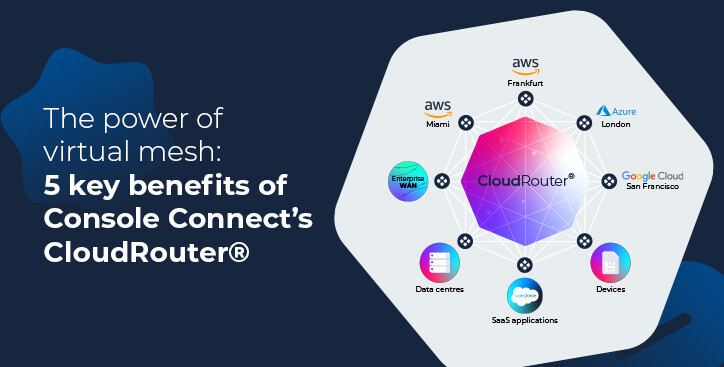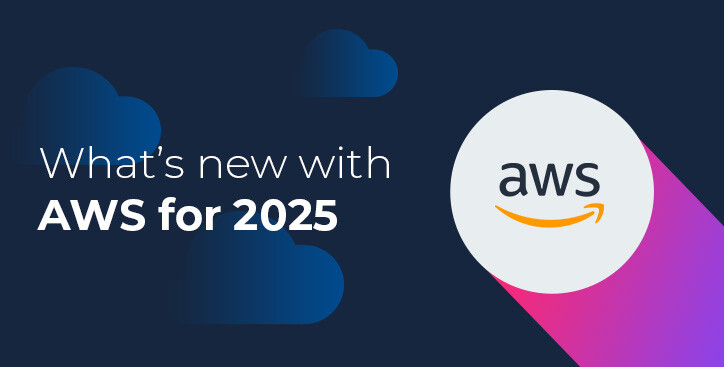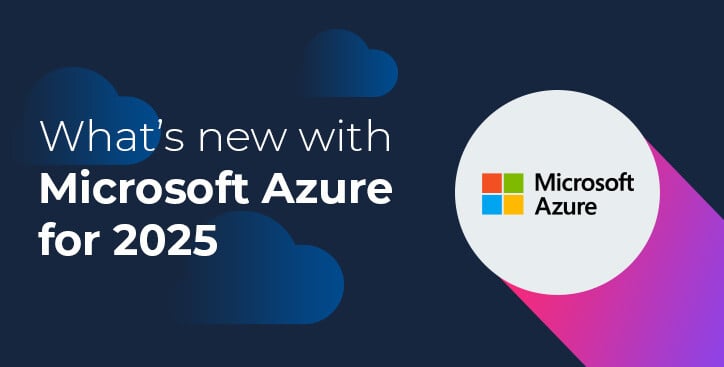How to Manage Networking in a Modern Enterprise
By The Console Connect Team|11 March, 2019

Increasingly, single sites will themselves generate a range of connectivity demands. At a typical branch office, some traffic will be non-critical and/or non-sensitive, and will therefore be suited to a public internet connection. But connectivity to business partners, to the data centre, or to mission critical cloud-based applications will need to travel over the more resilient MPLS network, or other dedicated connection.
New network connectivity to replace MPLS?
While the cost and accessibility benefits of public internet over MPLS are widely understood — research from Enterprise Management Associates (EMA) found 74 per cent of enterprises adding new public internet connectivity are doing so to replace MPLS — it would be a mistake to herald the demise of MPLS. EMA also found that the average enterprise is replacing MPLS with the internet at only 45 per cent of its remote sites due to the shifting requirements in terms of criticality of that connectivity.
Crucially, whatever the bearer, the enterprise network needs to deliver connectivity which is automated, predictable, and secure — and which is policy-driven and application-aware.
So, most enterprises will operate networks that use both public and private connections, and application traffic will drive these connectivity choices. For instance, it might be that businesses opt to forward traffic from secure enterprise web applications (HTTPS) over the internet, but to support big data applications, storage and replication traffic, and enterprise resource planning (ERP) applications hosted in a public or private cloud with MPLS.
The extreme flexibility for enterprise XaaS
The other important realisation is that not all traffic is going to be from one site to another, or from one site to the public cloud. Often, organisations will want to get connected to specific SaaS applications or x-as-a-service, whether that be infrastructure, platform, or software.
The more capabilities enabled by the enterprise network, the greater the flexibility that network will be required to deliver. Enterprises need access to connectivity which matches their specific requirements at the moment of use.



